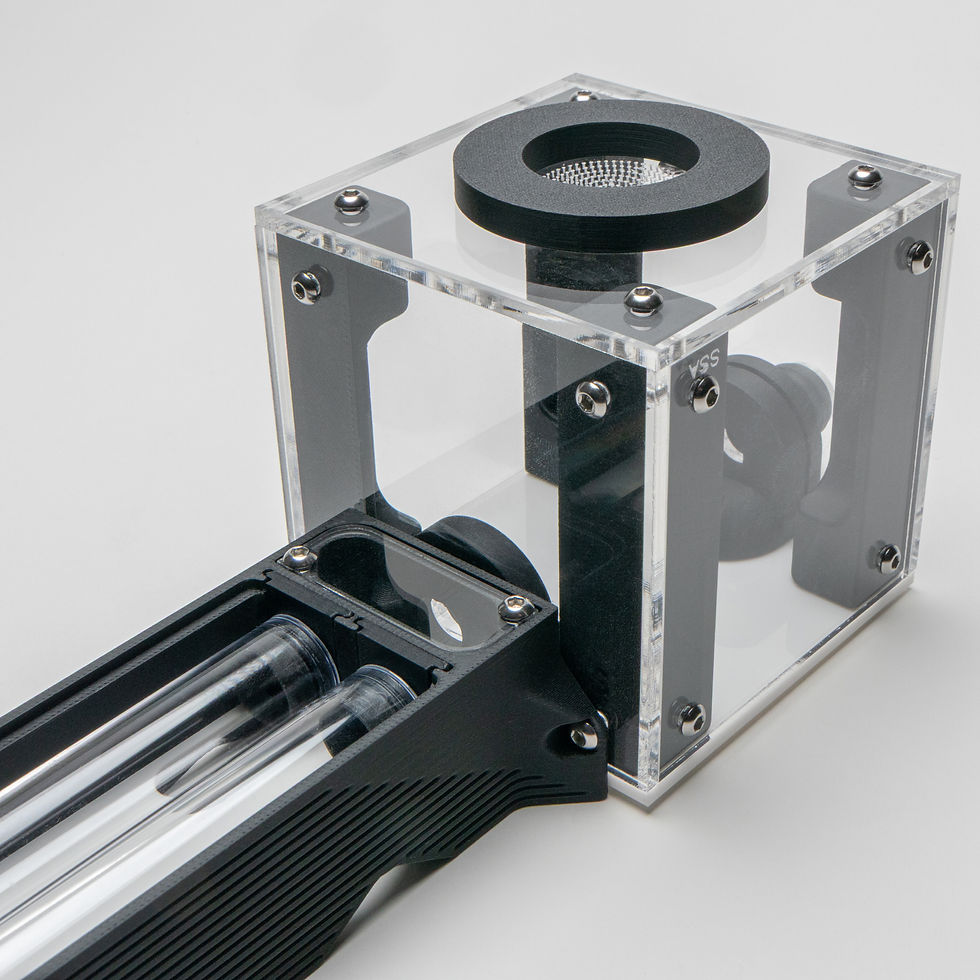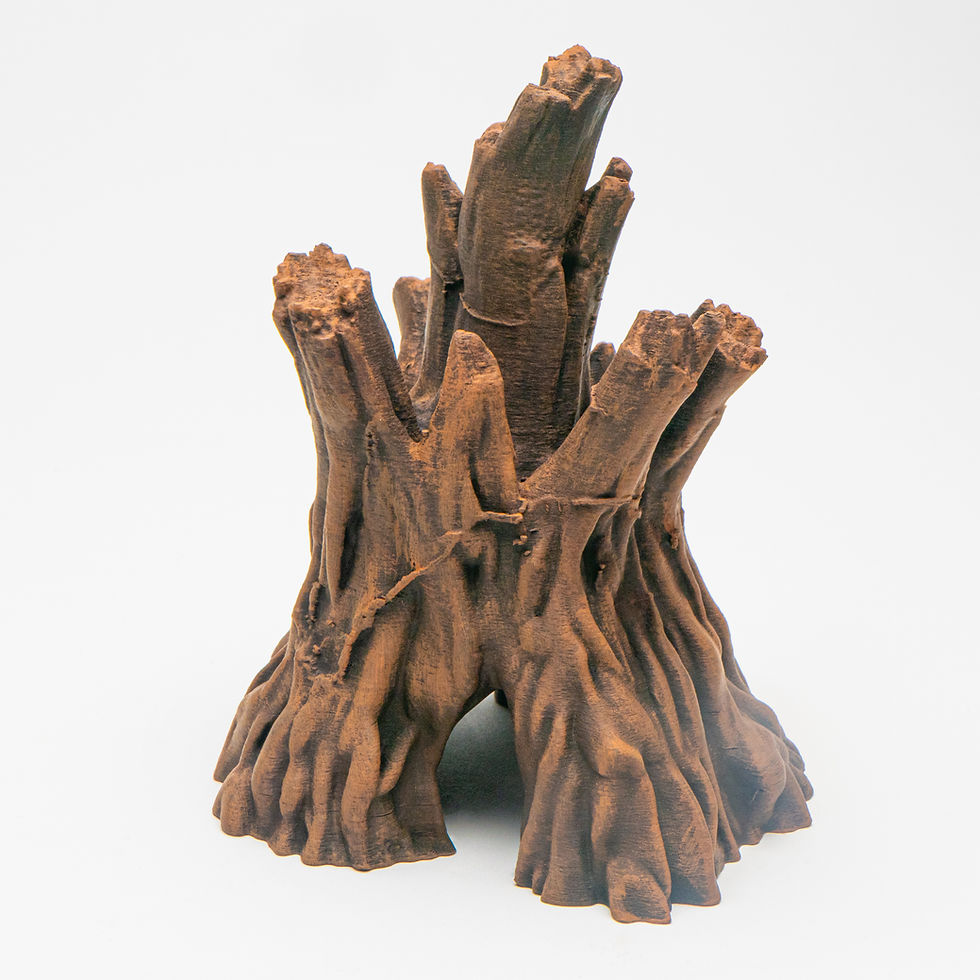Odontotermes formosanus is een opmerkelijke soort schimmelkwekende termiet die oorspronkelijk uit Zuidoost-Azië komt. Deze soort behoort tot de familie Termitidae en werd voor het eerst beschreven in Taiwan. In tegenstelling tot veel andere termieten heeft Odontotermes formosanus een unieke relatie met een symbiotische schimmel, die hij kweekt in gespecialiseerde kamers in zijn nest. Deze mutualistische relatie zorgt ervoor dat de termieten kunnen gedijen door plantaardig materiaal af te breken tot een voedzaam substraat voor de schimmel en zich op zijn beurt te voeden met de schimmel zelf.
Odontotermes formosanus
The life of Odontotermes formosanus is intricately tied to its environment and its symbiotic fungus. These termites build extensive subterranean nests composed of various chambers interconnected by a labyrinth of galleries. The queen resides in one of the largest chambers, ensuring the colony's growth and continuity, while other chambers house the fungus combs essential to their survival.
Within these nests, a remarkable division of labor unfolds. Older worker termites venture outside the nest to forage for plant material, which they bring back and chew into a pulp. This chewed material serves as a substrate for cultivating the fungus. The younger workers, remaining inside the nest, meticulously process this material further, mixing it with asexual spores from the fungus and gut bacteria to create a fertile medium on which the fungus can grow. This material is deposited onto the fungus comb, where it decomposes and becomes edible for the termites.
The foraging behavior of Odontotermes formosanus is a finely tuned process. Workers and soldiers can travel as far as 35 meters from the nest, often foraging at night to avoid predators. The first explorers lay down a pheromone trail with their abdomen, providing chemical cues that guide other termites to the foraging site. This sophisticated communication system allows the colony to efficiently gather resources. Once a suitable food source is located, the termites construct protective mud tubes over their trails, ensuring safe and efficient transport back to the nest.
This species' habitat preferences and foraging behavior underscore its adaptability and efficiency. Odontotermes formosanus thrives in warm, moist environments, commonly found in forests, plantations, and agricultural fields across southeastern Asia. Its ability to build stable, subterranean nests and forage over considerable distances makes it a formidable pest in many areas, capable of causing significant damage to crops, forests, and even human structures like earthen dams and dykes.




































